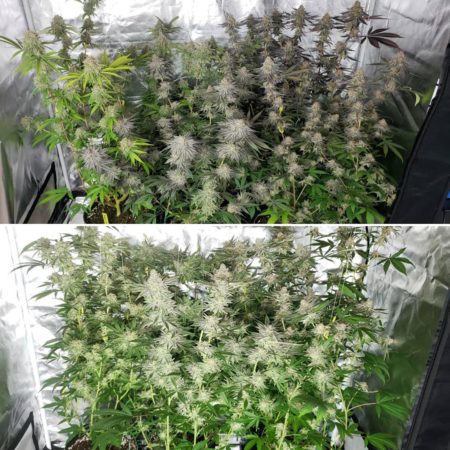led05
Chasing The Present
For anything I grow (all species) I always project myself to the best of my ability & understanding of native habitats and try & recreate all the things I can, within reason both inside & out….You're growing a lot of sativas do you prefer a certain type of light to grow them? Do haze hybrids need a different set-up than hybrids and indicas ?
I ask because those plants grow in very different part of the world where the light is not the same so trying to replicate their native light is maybe helpful to a have successful grow.
light, daylength, humidity, temps, moisture, UV’s, minerals, container size etc…
IME inside most everything wants more “light” as long as you don’t bottleneck any of the other primary inputs, I.e - all the light in the world ain’t gonna grow shit if transpiration is shut down within a plant
Two primary things I’ve learned in a couple decades on grow forums:
1) people love to overcomplicate the simple
2) people get hedged to their tech/processes and are willing to die on that sword, indefinitely
Much love
Last edited:



 .
.
